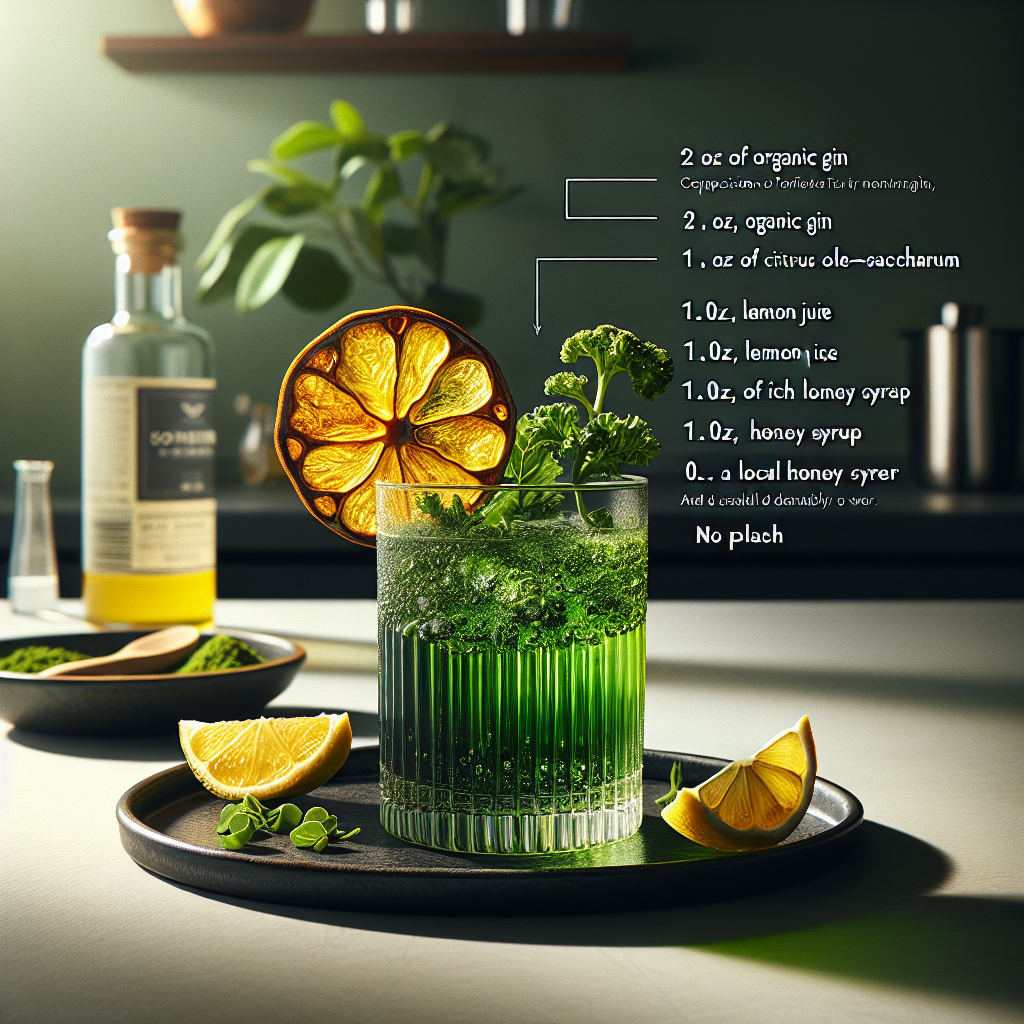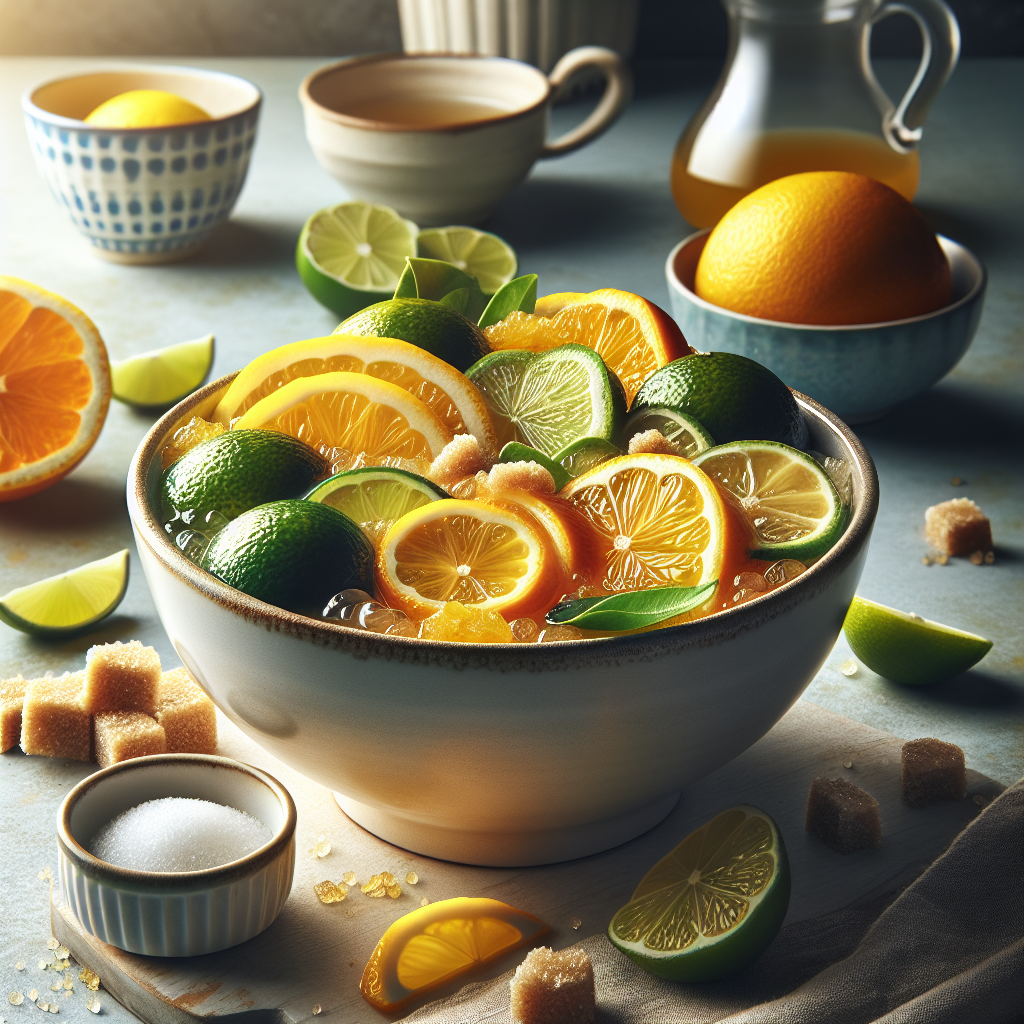Cocktail Sustainability: Eco-Friendly Mixology

Cocktail Sustainability: Eco-Friendly Mixology
Introduction to Sustainable Mixology
In the hallowed halls of mixology, where tradition and innovation dance in harmonious revelry, the pursuit of sustainability has emerged as a paramount concern. As stewards of a craft steeped in history, it is incumbent upon us to embrace practices that honor the environment while preserving the art of cocktail creation. This post delves into the realm of eco-friendly mixology, exploring how we can reduce our environmental impact through thoughtful ingredient selection, waste minimization, and sustainable bar operations.
The Use of Local and Organic Ingredients
The foundation of sustainable mixology lies in the careful selection of ingredients. By opting for local and organic produce, mixologists not only support regional agriculture but also reduce the carbon footprint associated with long-distance transportation. In the early 20th century, bartenders such as Ada Coleman of the Savoy Hotel's American Bar in London would have sourced ingredients from nearby markets, a practice that aligns with modern sustainability efforts.
When selecting spirits, consider those produced by distilleries that prioritize sustainable practices. For instance, some distilleries employ energy-efficient methods or use locally sourced grains. The use of organic spirits, free from synthetic pesticides and fertilizers, further enhances the eco-friendliness of your cocktails.
Minimizing Waste Through Upcycling
One of the most impactful ways to promote sustainability in mixology is through the practice of upcycling. This involves transforming waste products into valuable ingredients, thereby reducing landfill contributions and creating unique flavor profiles.
A prime example of upcycling in mixology is the utilization of citrus peels. After juicing lemons, limes, and oranges, the peels can be repurposed in several ways:
-
Citrus Oleo-Saccharum: By muddling citrus peels with sugar, mixologists can create a flavorful syrup known as oleo-saccharum. This technique, popularized in the 19th century by cocktail pioneers like Jerry Thomas, not only reduces waste but also adds a burst of citrus essence to cocktails.
-
Dehydrated Citrus Garnishes: Drying citrus peels and using them as garnishes adds visual appeal to cocktails while minimizing waste. This method harkens back to the days of pre-Prohibition speakeasies, where resourcefulness was key.
-
Citrus Bitters: Infusing citrus peels in high-proof spirits creates homemade bitters, a staple in many classic cocktails. This practice, reminiscent of the apothecary-like approach of early mixologists, allows for customization and waste reduction.
The Green Revival

An eco-friendly cocktail that celebrates sustainability through the use of upcycled citrus peels and local, organic ingredients.
Ingredients:
- 2 oz organic gin
- 1 oz citrus oleo-saccharum (see recipe below)
- 0.5 oz fresh lemon juice
- 0.5 oz local honey syrup
- Splash of soda water
- Dehydrated lemon wheel for garnish
Instructions:
- In a shaker, combine the organic gin, citrus oleo-saccharum, fresh lemon juice, and local honey syrup.
- Fill the shaker with ice and shake vigorously for about 15 seconds.
- Strain the mixture into a chilled highball glass filled with ice.
- Top with a splash of soda water and gently stir to combine.
- Garnish with a dehydrated lemon wheel and serve immediately.
Citrus Oleo-Saccharum Recipe
Citrus Oleo-Saccharum

A versatile syrup made from citrus peels and sugar, perfect for adding a burst of flavor to cocktails.
Ingredients:
- Peels from 2 lemons
- Peels from 2 limes
- Peels from 1 orange
- 1 cup granulated sugar
Instructions:
- In a bowl, combine the citrus peels with the sugar.
- Muddle the peels and sugar together until the peels release their oils and the sugar begins to dissolve.
- Cover the bowl and let it sit at room temperature for at least 2 hours, or overnight for best results.
- Strain the mixture through a fine mesh sieve, pressing on the peels to extract as much liquid as possible.
- The resulting syrup is your citrus oleo-saccharum, ready to use in cocktails.
Sustainable Bar Operations
Beyond ingredient selection and waste management, sustainable bar operations play a crucial role in reducing environmental impact. Here are several strategies to consider:
-
Energy Efficiency: Implement energy-saving practices such as using LED lighting, energy-efficient refrigeration, and programmable thermostats. These measures not only reduce the bar's carbon footprint but also lower operating costs, a consideration that would have been appreciated by the frugal barkeeps of the Prohibition era.
-
Water Conservation: Install low-flow faucets and consider using reclaimed water for non-potable purposes, such as cleaning. In the days of the Old West saloons, water was a precious resource, and modern bars can learn from their conservation efforts.
-
Recycling and Composting: Establish a robust recycling program for glass, plastic, and metal. Composting organic waste, such as fruit peels and coffee grounds, can further reduce landfill contributions and even provide nutrient-rich soil for local gardens.
-
Reusable Glassware: Opt for durable, reusable glassware instead of disposable cups. This practice not only reduces waste but also enhances the drinking experience, echoing the elegance of the cocktail culture of the 1920s and 1930s.
Zero-Waste Cocktails
The concept of zero-waste cocktails takes sustainability to its logical extreme, aiming to use every part of an ingredient in the creation of a drink. This approach requires creativity and a deep understanding of flavor profiles, much like the inventive spirit of the cocktail renaissance that began in the late 19th century.
Consider the following techniques for creating zero-waste cocktails:
-
Infusions: Use leftover fruit and vegetable scraps to create flavorful infusions for spirits and syrups. For example, strawberry tops can be used to infuse vodka, while carrot tops can add a unique twist to gin.
-
Shrub Syrups: Transform overripe fruit into shrub syrups by combining it with vinegar and sugar. This method, which dates back to colonial America, not only reduces waste but also adds a tangy, complex flavor to cocktails.
-
Herb Utilization: Use the entire herb plant, including stems and leaves, to create herb-infused syrups or garnishes. This practice, reminiscent of the herb gardens maintained by early apothecaries, maximizes the utility of each plant.
Historical Context and Anecdotes
The pursuit of sustainability in mixology is not a new concept but rather a return to the resourcefulness and ingenuity of our predecessors. In the pre-Prohibition era, bartenders such as Harry Johnson and William "Cocktail" Boothby were masters of improvisation, often creating cocktails with whatever ingredients were at hand. Their ability to adapt and innovate in the face of scarcity is a lesson we can apply to our modern sustainability efforts.
One notable anecdote comes from the Prohibition era, when speakeasies relied on homemade ingredients and creative solutions to keep their patrons satisfied. Bartenders would often ferment their own spirits and concoct syrups from whatever fruit was available, a testament to their commitment to both flavor and resource conservation.
Conclusion
As we navigate the complexities of modern mixology, the principles of sustainability offer a guiding light. By embracing local and organic ingredients, minimizing waste through upcycling, and implementing sustainable bar operations, we can honor the traditions of our craft while safeguarding the environment for future generations. The "Green Revival" cocktail, with its use of upcycled citrus peels and local honey, serves as a testament to the potential of eco-friendly mixology to create both delicious and environmentally conscious drinks.
In the spirit of the great mixologists who came before us, let us raise our glasses to a more sustainable future, where the art of the cocktail and the health of our planet are intertwined in perfect harmony.